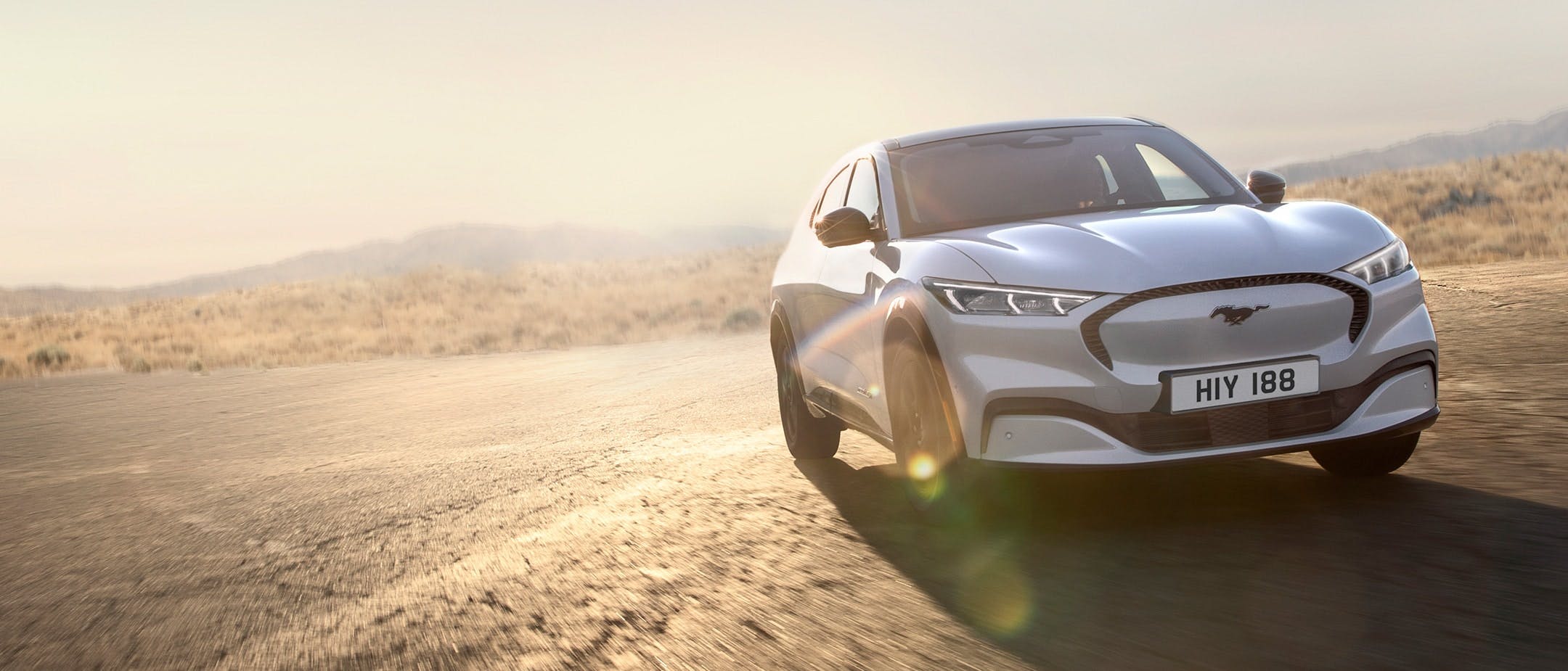
How Hot Weather Affects Your EV
Over the past few decades, lots of people in the United States have been moving from the cold northern states to the relatively warm southern ones. A typical list of the biggest gainers would include Arizona, Florida, and Nevada, each gaining several million residents. Some of those states get really hot, and the problem is getting even worse because of the effects of climate change. With temperatures that can hit over three digits in Fahrenheit during the day and sometimes even at night, it is quite rational to think if an electric car can really handle this. The good news is that, similar to their gasoline equivalents, EVs are designed to work in extreme temperatures far above and below what most drivers ever see. However, there are some considerations and best practices to keep in mind.
EV Range May Fall a Bit in High Temperatures
Extreme heat can make EVs use more energy to cool their batteries, which lowers their range. Data supplied by Recurrent—an electric car battery health data provider—has shown EVs retain 95 percent of their range in temperatures 90 degrees Fahrenheit or below. Above that temperature, range loss may be more noticeable. Like humans, electric-car batteries are happiest around 70 degrees F. If temperatures climb, the battery uses some of its energy not only to keep itself cool but also a bit extra for climate control.
If your EV offers an Eco mode, engaging it might improve your range, although the trade-off is slightly slower acceleration and often less aggressive cabin cooling.
Be Sure to Precondition
Just like in cold climates, an EV that's plugged in to recharge overnight will better preserve its range if the owner "preconditions" it before leaving. That means drivers can use their phone app to specify a desired cabin temperature and a departure time. The car then starts changing the cabin temperature while it's still plugged in, so it's using grid power to cool the cabin and make sure the battery is at its preferred operating temperature. While this doesn't decrease total energy consumption, it keeps the energy within the battery for maximum driving range.
Ventilated Seats Help Too
While most EVs now come with heated seats, ventilated seats remain a more upmarket feature, usually reserved for premium models. Keeping your backside pleasantly cool might enable you to keep the air-con at a higher setting while staying comfortable, subtly teaching owners a thing or two about their energy usage.
Keep the Car in Shade
This is universal advice but very relevant for EVs: Keeping your vehicle out of direct sunlight—for example, under an awning, in a garage, or under a solar-panel roof—will minimize the need to use energy to cool the battery and cabin. Doing so will help not only with short-term comfort but also in preserving the life of the batteries.
Charging in High Heat May Be Slower
Many of the charging stations just sit out in direct sunlight, so if a station has been sitting in blistering heat for hours, its metal components may have become quite hot. This can occasionally lead to slower charging rates when the station and car throttle back power to prevent exceeding safe temperatures at higher rates of electricity transfer. Although this is not so common, slower charging on very hot days is still a possible explanation.
High Heat Can Degrade Batteries.
It's running in those consistently higher temperatures—well above that 70-degree-F level—that can cause more battery degradation than it would in more temperate or cold climates. However, all manufacturers warranty their batteries against failure and a specified amount of capacity degradation for either eight years and 100,000 miles, or ten years and 150,000 miles. A very small number of EV batteries ever fail, but there are a few steps owners can take to extend its life during extreme heat:
- Keep the car in the shade.
- Charge during cooler parts of the day, if possible.
- Avoid recharging to 100 percent on very hot days; limit maximum charge to 50 to 80 percent if driving long distances isn't planned.
A Note on Nissan Leafs
The 2011 Nissan Leaf, the world's first mass-market EV, used "passive" thermal control for its battery, meaning it could only radiate heat directly. In hot climates, like Arizona and Nevada, where surface temperatures in parking lots would go up to 140° F or more, some Leaf batteries failed prematurely. Today, passive battery cooling is a relic of the past. Every high-volume EV now uses active thermal management with liquid-and-radiator setups that guarantees far greater regulation over the temperature range the batteries will see—even in the hottest climates.
While there are some issues with EVs in hot weather, EVs of today are made to address most of these challenges. Through a few best practices, an owner of any EV model would be able to ensure that their vehicle runs at peak performance while keeping the batteries healthy, even under extreme heat.








